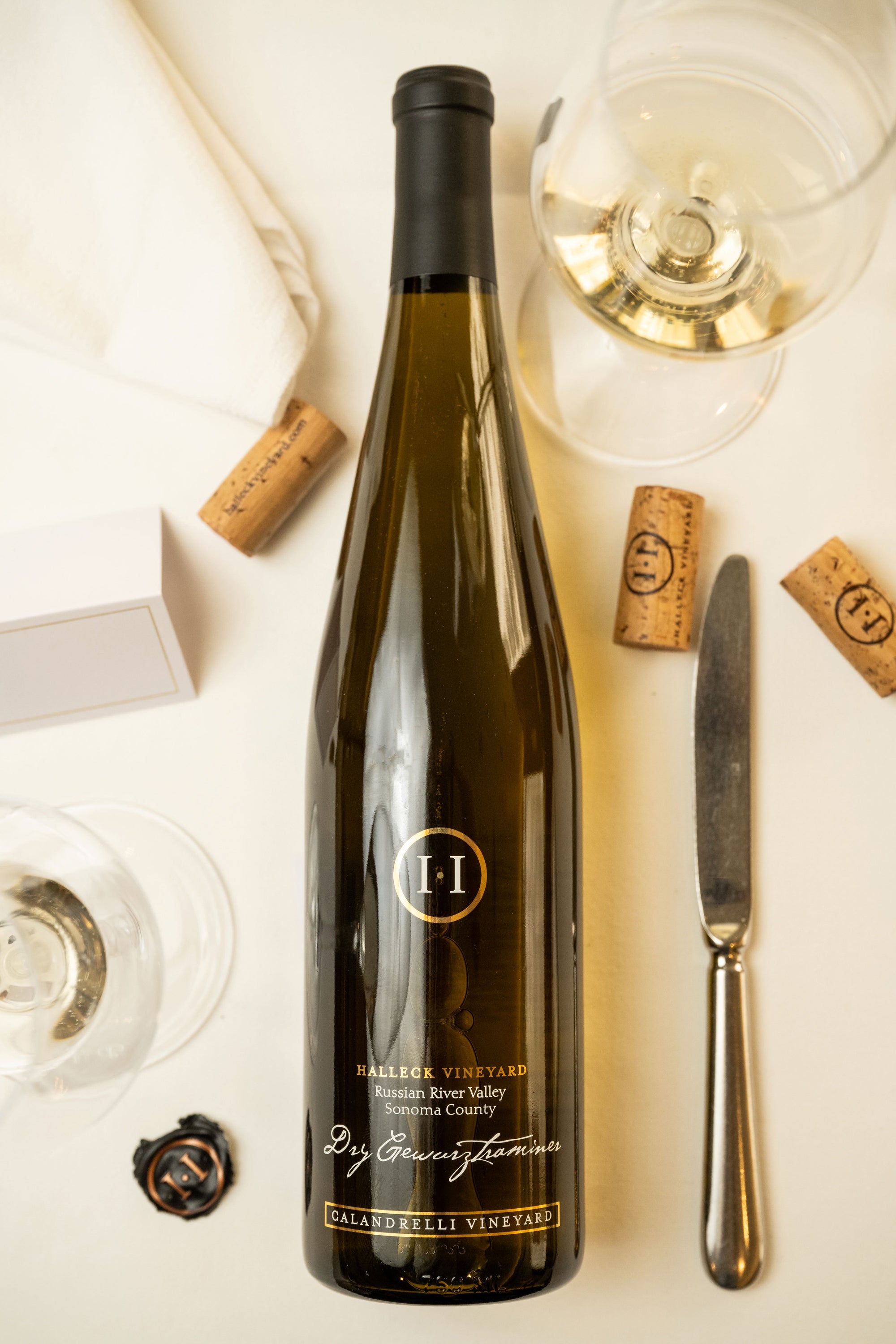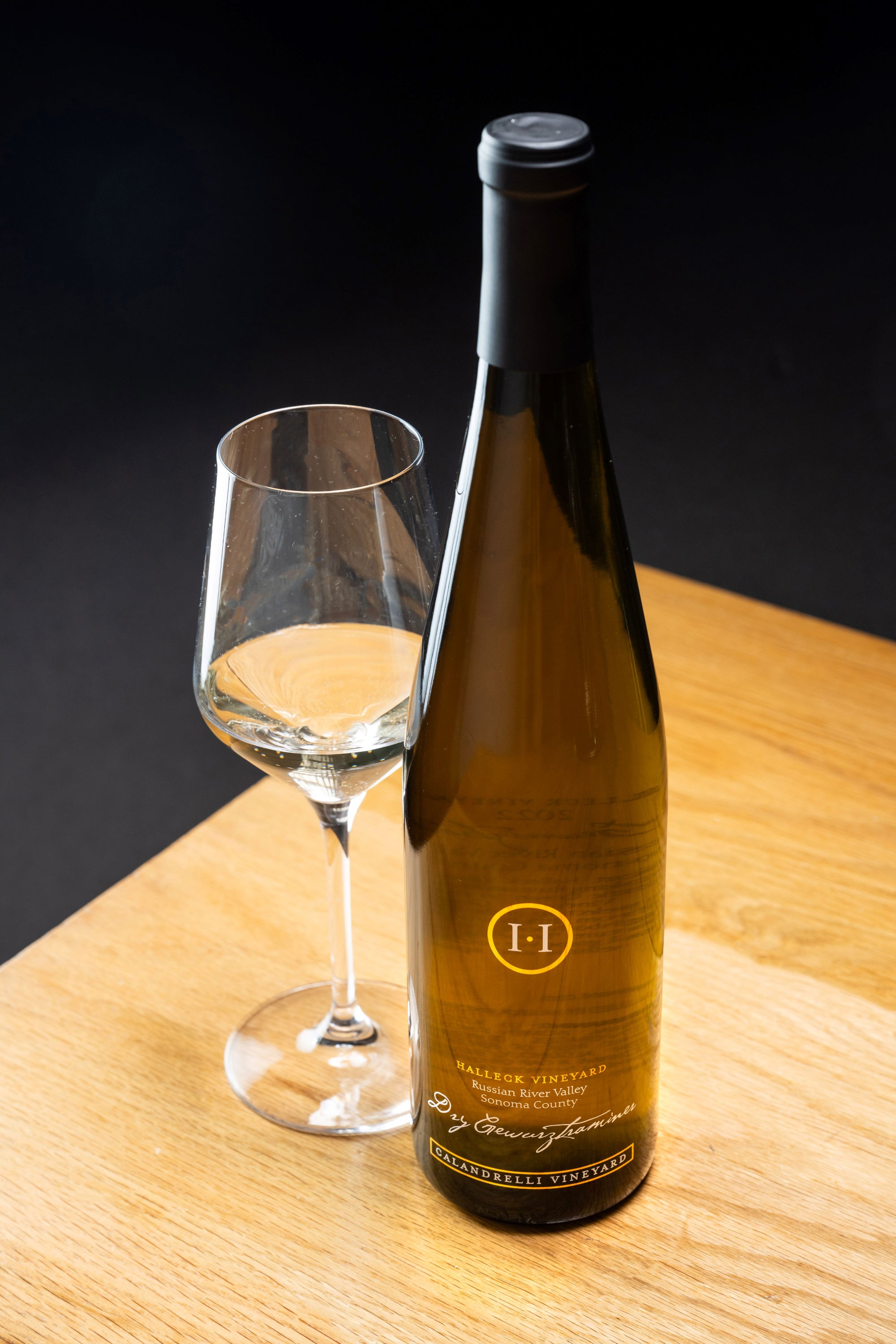Local Favorite Wineries In Sonoma - Top Wineries To Visit In Sebastopol
Local Favorite Wineries In Sonoma - Top Wineries To Visit In Sebastopol
Blog Article
Good Wineries For Large Groups In Sonoma Valley - Wine Tasting At Sonoma Vineyards
Wine tasting is an art that combines sensory experience with an appreciation for the nuances of various varietals. How to judge flavors in winery wine tasting classes is pivotal to grasping the complexities of wine.
Participating in a wine tasting entails more than merely sipping and savoring. It requires a focused method to identify aromas and flavors that each wine presents. As you start, observe the wine's appearance, noting its colour and clarity. These visible cues typically counsel a wine’s age, grape selection, and even potential flavor profiles.
The subsequent step in the tasting course of is to swirl the wine in your glass. This action releases fragrant compounds that are vital for evaluation. Lean in and take a moment to inhale deeply; the aromas can vary from floral and fruity to spicy and earthy. The nose of the wine is just as essential as the palate, and recognizing scents plays a major position in understanding the general experience.
When taking your first sip, allow the wine to maneuver across your palate - Wine Tasting Tours In Russian River Valley. Notice the initial flavors that present themselves. Is the wine fruity, floral, or perhaps herbaceous? This preliminary taste provides insight into what the wine is more doubtless to specific as you proceed to judge it. The mouthfeel also contributes to the general flavor experience; it might be silky, tannic, or even effervescent.
Wineries Known For Handcrafted Wines - Wineries To Explore In Sonoma Valley
As you proceed tasting, pay consideration to the wine’s balance. A well-balanced wine will harmonize acidity, sweetness, and tannins. If one element overwhelms the others, it might point out a less desirable high quality. Evaluating stability may help you establish how well the wine may pair with food.
Transitioning to the end, think about how the flavors evolve as the wine lingers on your palate. A long, pleasant finish can point out a high-quality wine, whereas a brief or abrupt finish might counsel otherwise. Reflect on whether or not the flavors remain consistent or if new notes emerge because the wine settles. This progression can reveal complexities and intricacies which may not have been apparent in the preliminary tasting.
Temperature can be a crucial think about evaluating wine flavors. Totally Different kinds of wine are optimally enjoyed at specific temperatures. White wines typically shine when chilled, whereas pink wines typically carry out greatest at room temperature. When tasting, make certain the wine is at the applicable temperature to totally recognize its character.
Hidden Gem Wineries In Sonoma County - Top-Rated Wineries In Sebastopol
Pairing food with wine can tremendously enhance the tasting experience. Meals can influence the perception of flavors in wine, both highlighting certain characteristics or diminishing them. When evaluating flavors, think about how the wine interacts with totally different foods, noticing which flavors are amplified or muted (Family Friendly Wineries With Outdoor Spaces).

Consider the affect of terroir as you engage in a winery tasting. Terroir encompasses the unique environmental elements that affect grape rising, together with soil composition, local weather, and geography. Understanding a wine's terroir can provide perception into its flavors and aromas, fostering a deeper appreciation for the alternatives made during its cultivation and manufacturing.
Training performs a elementary position in enhancing one's capacity to gauge wine Website flavors. Learning about grape varieties, wine areas, and manufacturing strategies can pave the greatest way for more informed judgments during tastings. Additionally, attending workshops or classes can refine sensory skills and increase your flavor vocabulary, enabling you to articulate tasting notes more successfully.
Lastly, it is essential to do not neglect that evaluating wine flavors is a highly personal experience. Individual preferences and perceptions will invariably shape one’s tasting journey. Enjoyment must be on the forefront, with the analysis process performing as a device to enhance understanding and appreciation somewhat than create inflexible pointers.
Wineries Offering Off The Beaten Path Experiences - The Beauty Of Sebastopol Wineries
In conclusion, mastering tips on how to evaluate flavors in winery wine tasting classes involves a combination of sensory engagement, information, and practice. By learning to identify aromas, assess the steadiness, and recognize the intricacies of flavor, wine enthusiasts can deepen their connection to every bottle they encounter. As with any art kind, the extra one immerses themselves within the experience, the more they'll uncover and enjoy the huge world of wine.
- Start by observing the wine's colour and clarity, as these visible elements can trace at its flavor profile and growing older potential.
- Swirl the wine gently in your glass; this releases fragrant compounds, allowing you to raised establish the complicated scents related to the wine.
- Take a deep inhale earlier than tasting, specializing in both major and secondary aromas to gather insights on fruits, spices, and different nuances.
- When tasting, allow the wine to coat your palate; note the preliminary flavors, the mid-palate complexity, and the end as these levels can present completely different flavor highlights.
- Pay attention to texture and mouthfeel, as aspects similar to tannin ranges, acidity, and sweetness contribute considerably to the overall tasting experience.
- Compare flavors against normal wine characteristics; for pink wines, think about berry notes, oak affect, and herbal tones, whereas whites could embrace citrus, stone fruits, and floral hints.
- Take notes through the tasting session to trace your impressions, serving to you to remember and evaluate the completely different wines sampled.
- Focus On your findings with fellow tasters or winery employees, as sharing insights can enhance understanding and appreciation of individual flavors.
- Enable time for the wine to breathe; typically, flavors evolve and reveal new dimensions after being exposed to air.
- Experiment with food pairings through the tasting as they can dramatically alter how flavors are perceived, influencing overall enjoyment.undefinedWhat should I look for when evaluating the aroma of wine during a tasting?
Begin by swirling the wine in your glass to launch its aromas. Deliver the glass to your nostril and take a deep breath. Pay consideration to the first scents you detect, as these are often probably the most prominent. Look for fruit, floral, herbal, or earthy notes and attempt to determine specific characteristics, which will deepen your understanding of the wine's complexity.
Family-Friendly Wineries Near Sebastopol - Vineyards Near Sebastopol

How can I distinguish between different flavor profiles in wine?
Perceive that flavor profiles are often categorized as fruit, floral, herbaceous, spicy, or mineral. Take small sips and allow the wine to coat your palate. Discover the primary flavors that emerge first and the subtle notes that observe. This layering is crucial in distinguishing the wine's traits and can allow you to respect its distinctive profile.
Wineries Known For Handcrafted Wines - Vineyard Tours In Sebastopol
What is the importance of the wine's texture in a tasting?

The texture of the wine, also identified as mouthfeel, performs a vital position in how we perceive flavors. Pay consideration as to whether the wine feels easy, creamy, or gritty. The physique of the wine (light, medium, or full) can improve or contrast with flavors, providing a more rounded experience during tasting.
How do I assess the balance of flavors in wine?
Balance in wine refers again to the concord between acidity, sweetness, tannin, and alcohol. Take a second to evaluate whether these components complement or intrude with one another. A well-balanced wine will have none of its parts overpowering the others, creating a pleasing tasting experience.
Wineries Focusing On Single Vineyard Wines - Exploring The Vineyards Of Sonoma
What function does temperature play in evaluating wine flavors?
Temperature can considerably impact the notion of flavors. Typically, pink wines are best served slightly below room temperature, while white wines take pleasure in being chilled. As the temperature modifications, the aromas and flavors can shift, permitting you to understand totally different traits. It’s important to taste wine at its optimum temperature for true evaluation.
Beautiful Picnic Areas At Sonoma Wineries - Sebastopol Vineyard Visits
How can I enhance my tasting skills over time?
Practice is essential to bettering your tasting skills. Vineyard Tours With Guided Tastings In Sonoma. Attend tastings, hold a journal of your experiences, and explore several sorts of wines to broaden your palate. Additionally, studying about wine production and grape varieties can provide context that enhances your evaluation process, making you a extra informed taster.
Is there a particular order during which I should style the wines?
Scenic Vineyard Tours In Sebastopol - Sonoma Wine Tasting Tour
Sure, it’s advisable to taste wines from light to full-bodied and dry to candy. This development prevents the stronger flavors from overshadowing the extra delicate ones, allowing you to fully respect every wine's characteristics and nuances without palate fatigue.
How can I consider the aftertaste of wine?
Wineries With Artisan Chocolate Pairings In Sonoma - Local Wineries In Sebastopol
The aftertaste, or finish, is an important aspect of the wine-tasting experience. After swallowing, pay consideration to how lengthy the flavors linger on your palate and whether or not they change. A long, nice finish is commonly an indicator of a high-quality wine, whereas a brief or unpleasant end might recommend otherwise.
Why is it important to notice the wine’s acidity during tasting?
Acidity contributes to the general freshness and construction of the wine. Pay consideration to the tingling sensation in your tongue; higher acidity can improve the why not check here wine's liveliness and stability out sweetness. Noting acidity helps determine the wine's versatility with food and its getting older potential.
What should I do if I struggle to determine particular flavors in wine?
Small Batch Wineries In Sonoma Valley - Sonoma Wine Retreats
Struggling to determine flavors is frequent, especially for beginners. Focus on broader categories and describe what you'll find a way to acknowledge, similar to candy or earthy notes. With practice, reading about completely different flavor profiles, and maybe utilizing flavor wheels, you'll refine your senses and develop a more nuanced method to tasting. Report this page